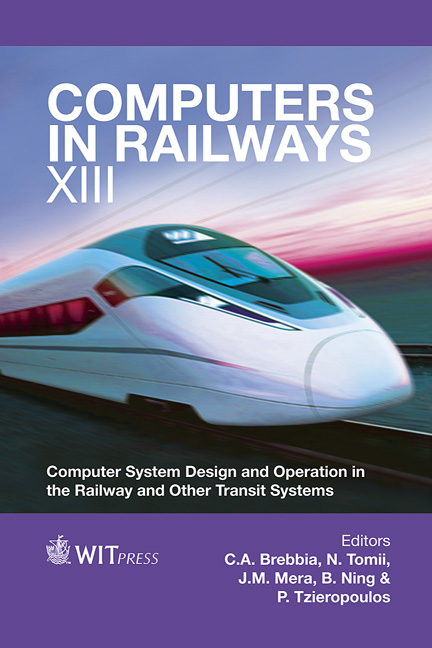The New Line Copenhagen-Ringsted: The Benefits From EU Railway Benchmarking
Price
Free (open access)
Transaction
Volume
127
Pages
10
Page Range
369 - 378
Published
2012
Size
2,824 kb
Paper DOI
10.2495/CR120311
Copyright
WIT Press
Author(s)
I. Trabo, A. Landex, J. E. Schneider-Tilli & O. A. Nielsen
Abstract
Companies in many different business areas face unexpected budget overruns when carrying out large-scale projects. Usually this happens because of underestimation of actual costs during budgeting. That is why it is important to have specific knowledge of the market situation, not only in one specific country, but also outside the country’s borders. It helps, for example, to find relevant information about construction materials to lower prices and reducing a project’s planned costs by several per cent. The same is true of technology and the companies involved in the construction of the project. \“The New Line Copenhagen-Ringsted” project being developed by Rail Net Denmark will be the first high-speed railway line in Denmark with a total budget of EUR 1.10 billion. The focus is on avoiding a budget overrun and on therefore looking for ways of reducing project costs. We have conducted a benchmark study of other similar high-speed railway lines in Europe. France, Italy, and Spain have long and productive experience in constructing and operating high-speed railway lines. Investigating their best practices brings valuable knowledge to the project. This paper presents the data we gathered and our results, which will be useful for other infrastructure managers. Infrastructure managers will be able to make their own benchmarks to come to conclusions about how they can avoid budget overruns for future projects. Keywords: railway, benchmarking, cost drivers, budget overruns, unit costs.
Keywords
railway, benchmarking, cost drivers, budget overruns, unit costs





